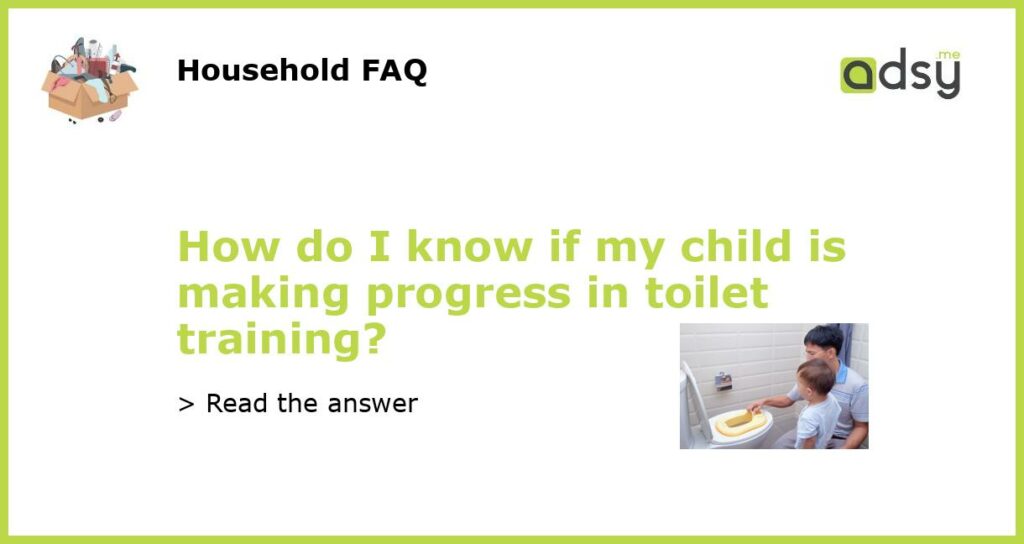5 Ways to Determine if Your Child is Making Progress in Toilet Training
As a parent, one of the milestones you eagerly anticipate is your child being fully potty-trained. This stage not only brings convenience but also indicates that your little one is growing up. However, it can be challenging to determine if your child is making progress in toilet training, especially if they are still in the early stages. To help you with this, here are 5 ways to assess your child’s progress in toilet training.
Consistency in Using the Toilet
One of the primary signs of progress in toilet training is the consistency in which your child uses the toilet. As they become more familiar with the routine and understand the purpose of the toilet, you should notice a gradual increase in their frequency of using it. Initially, your child may have accidents, but as they progress, they will become more reliable in using the toilet for both urine and bowel movements.
Fewer Accidents
Accidents are a common part of the toilet training process, especially in the beginning stages. However, as your child progresses, you should notice a decrease in the number of accidents they have. They will start to recognize the physical cues that indicate they need to use the toilet and will develop the ability to hold it in until they reach the bathroom. While occasional accidents may still happen, it is a positive sign if they happen less frequently over time.
Signal Awareness
Another way to assess your child’s progress in toilet training is by observing their awareness of bodily signals. As they become more attuned to their body’s cues, such as the sensation of needing to urinate or have a bowel movement, they will start to communicate these signals to you. This may involve telling you directly or indicating through gestures or words that they need to use the toilet. This shows that they are becoming aware of their body’s needs and are developing the ability to communicate them to you effectively.
Independence in Bathroom Tasks
As your child progresses in toilet training, they will gradually become more independent in performing bathroom tasks. This includes tasks such as pulling down their pants, sitting on the toilet, wiping themselves, and flushing. Initially, you may need to assist them with these tasks, but over time, they should be able to do them on their own. This increased independence demonstrates that your child is becoming more confident and capable in managing their toileting needs.
Dryness During Naptime and Nighttime
One of the final signs of progress in toilet training is your child’s ability to stay dry during naptime and nighttime. This can take longer to achieve compared to daytime dryness, as it requires your child to have developed better bladder control while asleep. Once they consistently wake up dry from naptime and nighttime sleep, it indicates that they have developed sufficient bladder control to remain dry for extended periods, and toilet training is nearing completion.






